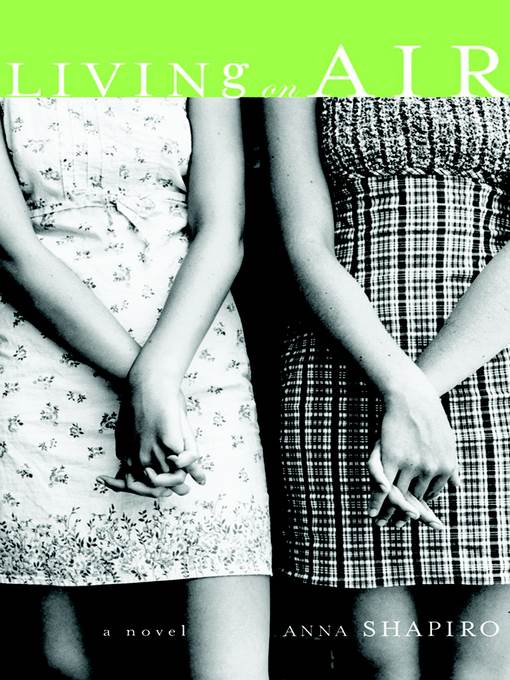
Living on Air
A Novel
کتاب های مرتبط
- اطلاعات
- نقد و بررسی
- دیدگاه کاربران
نقد و بررسی

March 13, 2006
Maude Pugh is born and bred in 1960s suburban Long Island, in a "houseful of failures, each feeling terrible and trying to make the next one feel worse." Her domineering, self-involved father, Milt, is a struggling artist who paints every room in their house black as a dramatic backdrop to his brightly colored modernist canvases. Maude's mother, Nina, is defensive with the rich neighbors she fears are her social superiors and resentful of her daughter for outshining Maude's disaffected older brother, Seth, who flees home at 16. Although Maude, whom Shapiro tracks through her teen years, aspires to be an artist in her own right, she also lusts after the good life exemplified by Milt's upscale art students, matrons swathed in expensive silk scarves "as intricately patterned as illuminated manuscripts." So Maude secures a short-lived scholarship to Bay Farm, a pricey prep school where she befriends Weesie, a child of privilege who thinks poverty is romantic, and gives her heart to Danny, who eventually betrays her. Shapiro (The Right Bitch
) is a shrewd anthropologist well versed in the cultures of adolescence, the '60s and class strife, but she sometimes falters in her psychological portraiture, waxing precious and self-conscious rather than astute.

April 1, 2006
Shapiro's third novel (and first in a dozen years) is part coming-of-age story and part textbookish history of modern American art. Set in the 1960s, the story follows teenage Maude from her middle-class home in Levittown to the tony private-school precincts of Bay Farm. There she befriends the fabulously wealthy and cheerfully ironic Weesie, whose mother will become a private student of Maude's father, the semi-celebrated artist Milton Pugh. Something of a pill, Milton has alienated his son, Seth, who has disappeared, and drives his wife, Nina, into a relationship with a Bay Farm art teacher. Shapiro's strength is a painterly style, and her book is crowded with the closely observed details that describe both the lives of her characters and the culture they inhabit. Indeed, the wealth of information about the art world of the sixties sometimes stops the narrative in its tracks, while the happy ending seems to have been tacked onto the plot, but Maude--as much a piece of work as Milton--never fails to hold the reader's interest.(Reprinted with permission of Booklist, copyright 2006, American Library Association.)

























دیدگاه کاربران